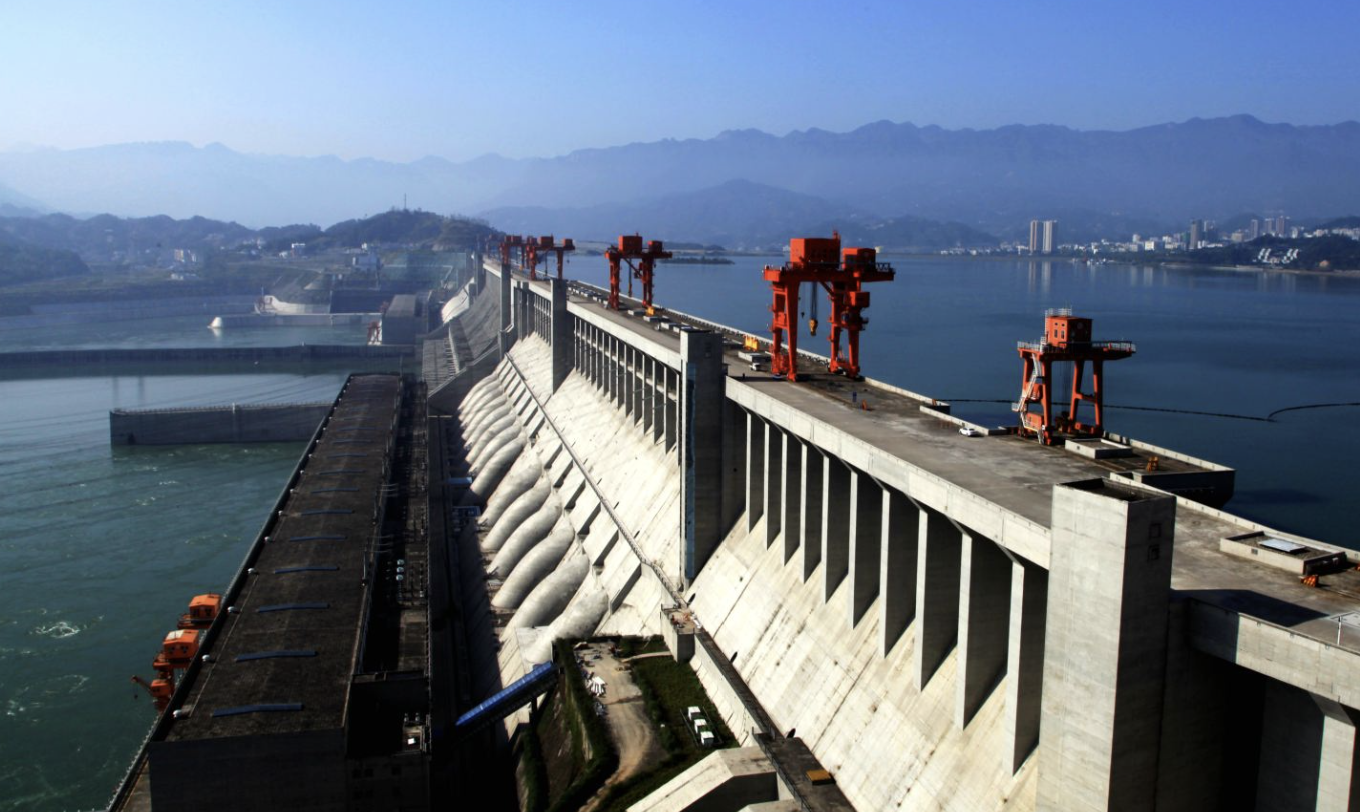By Yangjinbao
July 24, 2025
Edited and Updated by Ethan Ma,
July 24, 2025
July and August mark the peak season for thermal coal consumption, and so far, market activity has largely aligned with seasonal expectations. Since late June, overall electricity consumption has steadily rebounded, and with policy support, non-power-sector users have actively restocked, providing a solid foundation for the coal market.
CCTD China Coal Market Network is one of the most trusted coal industry think tanks in China, providing exclusive and extensive data coverage.
Still, the heat isn't evenly spread across the market. Power sector demand for coal remains cautious—despite inventories at power plants being flat or slightly lower year-on-year and some coal mines reducing output temporarily, high inventories at transit hubs have discouraged large-scale restocking. Meanwhile, speculative demand has been curbed by a market pattern focused on long-term contracts and reduced trader speculation, which in turn has slowed upward price momentum.
Looking ahead, the biggest uncertainty lies in how the market will evolve in late August. Hydropower output will be the key variable—it could significantly influence the marginal shift in thermal coal demand.
 Coal production in July recovered more slowly than expected, mainly due to environmental inspections, safety controls, and rainfall. While output constraints have been clear, the lack of policy clarity adds uncertainty to future supply expectations. In August, a moderate year-on-year recovery in supply is likely, with production in Shanxi and Inner Mongolia showing room for improvement. Although import volumes remain low, they have picked up slightly month-on-month, offering marginal supply support.
Coal production in July recovered more slowly than expected, mainly due to environmental inspections, safety controls, and rainfall. While output constraints have been clear, the lack of policy clarity adds uncertainty to future supply expectations. In August, a moderate year-on-year recovery in supply is likely, with production in Shanxi and Inner Mongolia showing room for improvement. Although import volumes remain low, they have picked up slightly month-on-month, offering marginal supply support.
Hydropower output will likely determine coal demand in late August and even into September. If water inflows stay weak, thermal power generation will need to rise, which could drive down elevated port inventories and spur more active buying from power users—supporting a stronger price trend. On the other hand, if hydropower generation is robust, high inventories may continue to weigh heavily on the market, dampening late-season restocking expectations and increasing downward pressure.
Non-power industrial sectors have shown some restocking demand, helping support mine-mouth prices. However, the sustainability and strength of this trend will depend on the pace of economic recovery and the effectiveness and consistency of follow-up policies. More time is needed to watch whether stronger prices at production sites can flow to ports and translate into real demand. Other variables include how quickly coal production recovers in major mining regions, fluctuations in import supply, and extreme weather conditions.
The establishment of a policy “floor” has helped calm market sentiment, prevented irrational price drops, and sparked a short-term rebound. In the near term, coal prices are expected to remain firm. Still, for a sustainable recovery in the medium and long term, the market must overcome two key hurdles: working through excess inventories and achieving consistent year-on-year demand growth. Late August will be a critical window. Hydropower performance will shape the tail of the peak season, while policy enforcement and industrial demand resilience will also face real tests.


